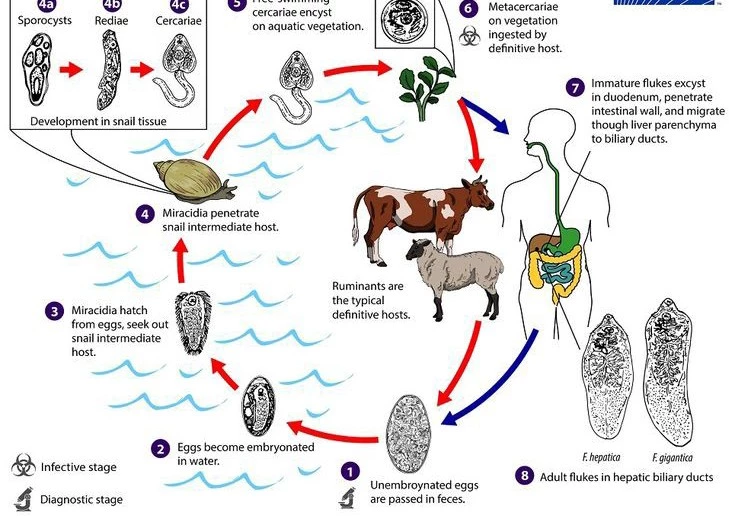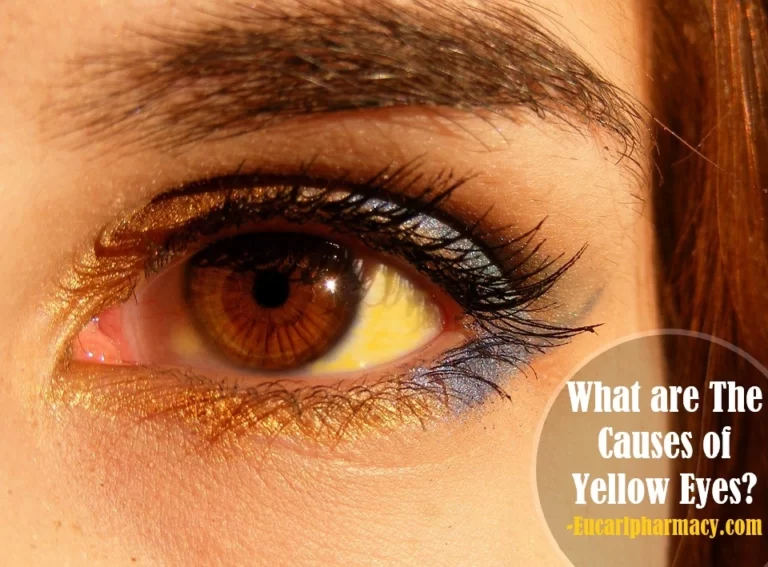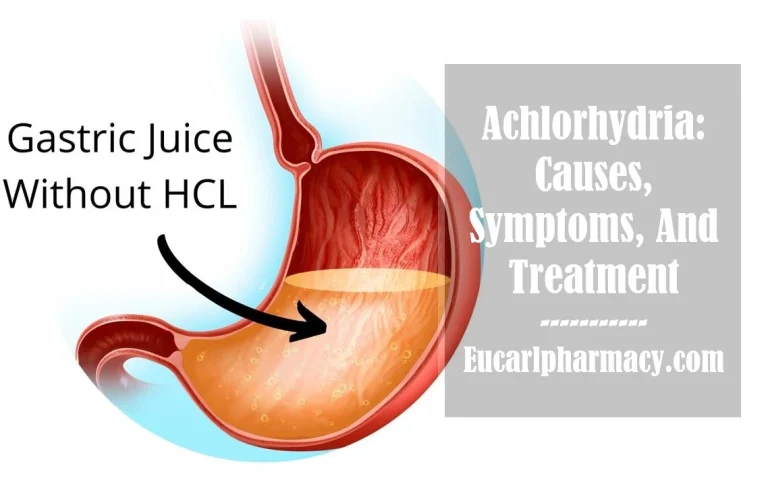Hole in The Heart: Causes, Symptoms, and Treatment
A hole in the heart can also be referred to as an Atrial septal defect (ASD) or Ventricular septal defect (VSD). It is a congenital heart defect that surfaces at birth. Naturally, the heart is separated into left and right by a septum. The right side is responsible for the pumping and receiving of deoxygenated blood which is then transported back into the lungs. In the lungs, the blood becomes oxygenated and returned to the left side of the heart and is then circulated through the body.
In a defected heart, there is a hole in the wall separating the two sides of the heart. This tends to occur while the baby is developing during pregnancy. The development of a fetus’s heart during pregnancy has to do with the presence of different openings in the wall separating the heart which is supposed to have closed before birth or immediately after birth.
Failure of this to occur usually result in a defect. This expands the volume of blood that is transported to the lungs, thereby damaging the pulmonary blood vessels. The manifestations might not begin immediately but can still present during adulthood.
As for the atrial septal defect(ASD), the wall separating the atrium is having a hole, this cause overfilling of the lungs with blood. It increases the workload of the right side of the heart and the heart becomes increased in size and weakens. Blood pressure is also increased resulting in pulmonary hypertension. In ventricular septal defect (VSD), the wall separating the two ventricles opens abnormally.
This lead to the pumping of blood from the left ventricle to the right ventricle. The pumping action of the heart is reversed and oxygenated blood becomes pumped into the lungs instead of circulating the body to meet the body’s oxygen demand thereby increasing the workload on the heart.

Causes of Holes in the Heart
There is no specific evidence to prove the causes of holes in the heart but there are risk factors associated with the condition. They include:
Genetic Disorders
Any parents who have a history of a hole in the heart can increase the chances of one of their unborn children having it. This mostly affects the firstborn.
Drinking
The intake of alcohol during pregnancy can alter the normal development of the fetal heart. This implies that alcohol intake during pregnancy can be related to developing a hole in the heart. Hard drugs should be avoided as they can also increase the risk of developing a hole in the heart.
Rubella
Pregnant women must be vaccinated against the rubella virus most especially during pregnancy. If rubella is contracted during pregnancy, it increases the risk of the fetus developing a hole in the heart by infecting the growing fetus with rubella virus which in turn lead to complication like mental disabilities, heart defect, and liver disorders.
Smoking
How smoking can cause the fetus to develop a hole in the heart can’t be explained scientifically but can be linked to lifestyle and genetics. This is also one of the major reasons why smoking is discouraged during pregnancy which is to reduce the chances of a baby coming down with a hole in the heart.
Also, the intake of toxic substances could deprive the developing fetus of the required nutrient and oxygen. This can also result in complications.
Hereditary Disorders
Some hereditary disorders can increase the chances of a child coming down with this congenital heart defect. An example of such is down syndrome.
Gestational Diabetes
This refers to an uncontrolled increase in blood sugar levels in pregnancy. This tends to alter the normal anatomy of the growing fetus.
Diagnoses of a Hole in the Heart
Below are the methods of diagnosing a hole in the heart
Pulse oximetry
Echocardiography
Cardiac catheterization
Chest x-ray
Symptoms of a Hole in The Heart
It is important to be able to recognize the symptoms of a hole in the heart to reduce the risk of a heart attack.
Skipped heartbeats or a sense of feeling the heartbeat
Tiring when feeding (infants)
Difficulty breathing
Shortness of breath when being active or exercising
Swelling of legs, feet, or stomach area
A heart murmur, or a whooshing sound that can be heard with a stethoscope
Stroke
Frequent respiratory or lung infections
Treatment of Hole in The Heart
There are different methods available for the treatment of a hole in the heart. Before any of the methods can be employed, there is a need to put into consideration some factors that can enhance the method chosen. In a situation whereby the congenital septal defect is not large, it closes back itself.
Some medications such as diuretics and beta-blockers are usually administered while in severe cases surgery is recommended depending on the severity of the condition. Other methods of treating holes in the heart include the following:
Catheterization
This involves the use of a catheter to close the hole in the heart. The insertion begins from the vein in the lower limb upward towards the heart thereby repairing the hole in the heart
Heart Transplant
This requires the use of a donor’s heart to replace the defective one. Other methods for treating holes in the heart must have failed before performing a heart transplant on the patient as it is the last resort.
After the heart transplant has been carried out, there is a need for follow-up treatment which should be done consistently to monitor the effectiveness of the procedure carried out. There is also a need for modification of lifestyle to enable the body to adapt to the strange organ.
Open Heart Surgery
Unlike catheterization which doesn’t require the opening of the heart, open heart surgery is a correctional surgery used for treating congenital heart defects such as atria septal defects and ventricular septal defects. If not treated, can result in complications like arrhythmia, cardiac arrest, etc.
Conclusion
There is a need for close monitoring of those who have undergone the treatment of holes in the heart. After surgery, if you notice the manifestation of symptoms like long-lasting and unexplained fever, failure to gain or lose weight, poor appetite or having trouble with feeding, severe pain or tenderness, pus oozing from the surgical site, report to your cardiologist immediately as they know the best way to treat it.






